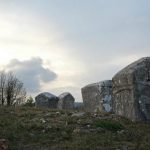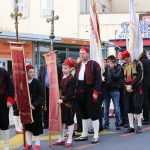With the UNESCO World Heritage status of Plitvice Lakes reportedly under threat with its more than one million visitors annually, less than 200km away another Croatian Nature Park on the UNESCO World Heritage Site tentative list is attracting less than 15 tourists a day, as TCN discovered on a visit to the eco ethno village of Strug of November 1, 2016.
The more I travel around Croatia, the bigger the surprises. On so many levels.
I was delighted to accept an invitation from the Croatian Rural Tourism Association recently to meet some of their members and the work they are doing in what is an important but very under-promoted aspects of tourism. Perhaps the most intriguing was a visit to the Lonjsko Polje Nature Park, whose name I had heard a lot as one of Croatia’s most important nature parks, but about which I knew little, apart from its status as one of the most important bird watching sites in the region.
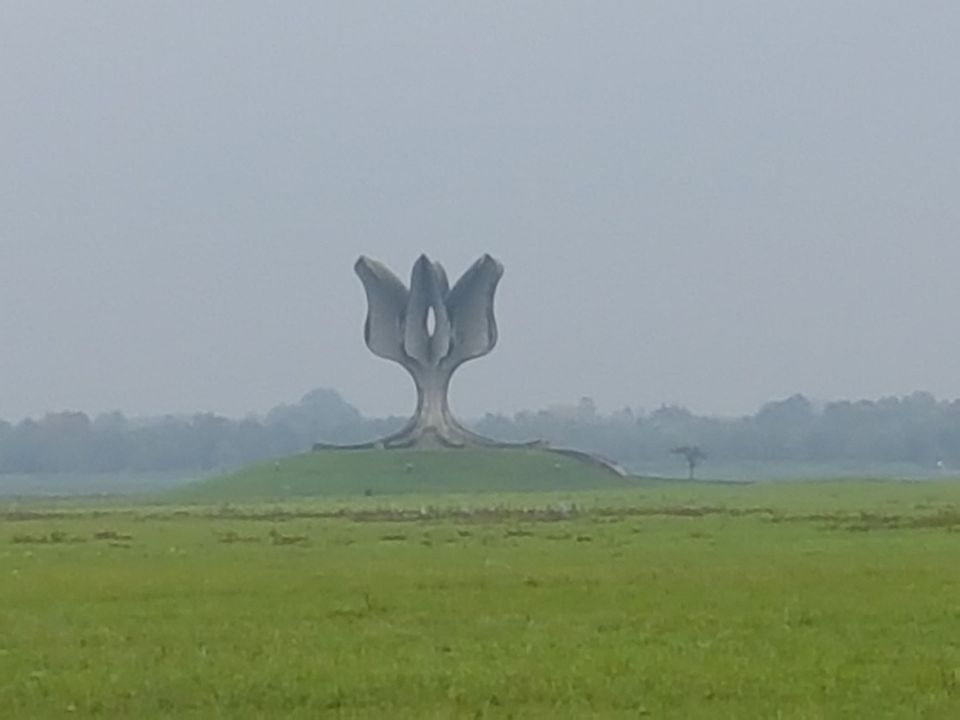
Located south-east of Zagreb, Lonjsko Polje is close to the village of Jasenovac, made notorious in the Second World War as the location for a concentration camp, whose terrible history was at odds with the serene beauty we were about to experience. The Jasenovac memorial stands alone in a field, a potent reminder of a dark period of history.
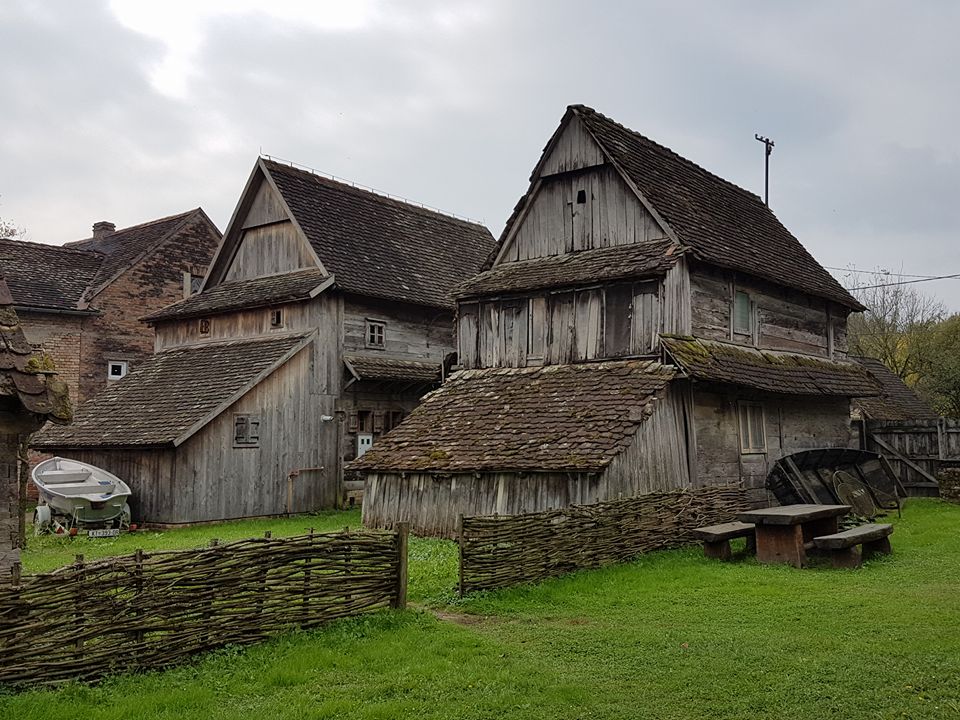
Entering the park was full of surprises. Firstly, I had not realised that the park was going to be so inhabited, with some 12 villages in all, where villagers eke out a living on the considerable fruits of their surroundings. According to the literature, Lonjsko Polje is the largest protected wetland in the entire Danube basin. It covers an area of 505.6 square kilometres (195.2 sq mi), extending along the river Sava from the areas east of Sisak, the lower course of the river Lonja for which it is named, to the areas west of Nova Gradiška, along the course of the river Veliki Strug.
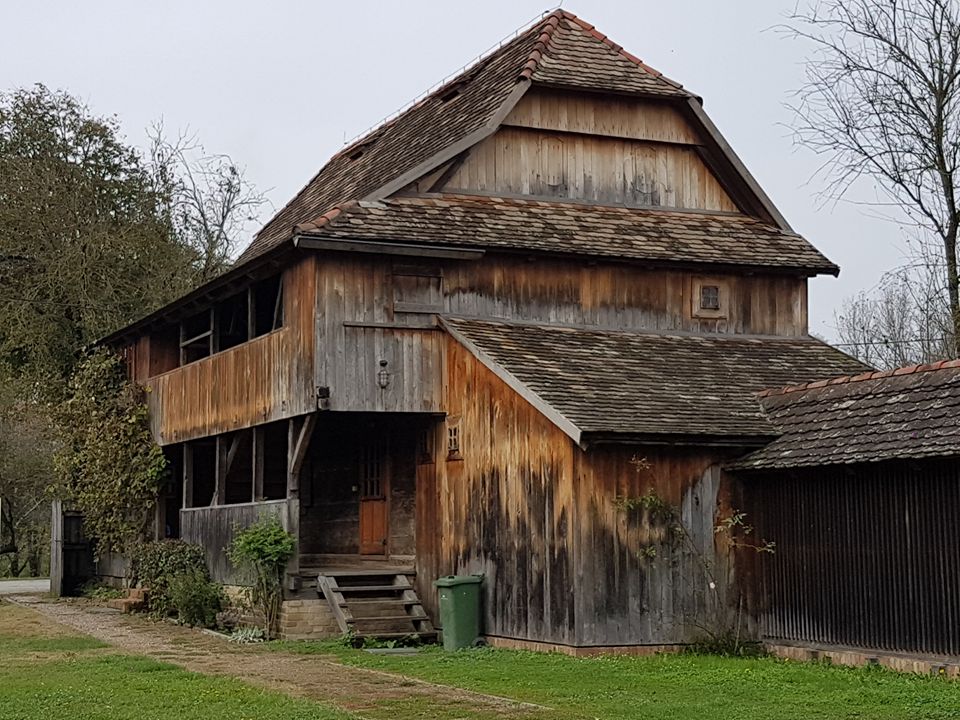
If it was the nature that I was expecting to impress me, initially it was something quite different – a collection of quite spectactular wooden houses, dating back to different periods of Croatian history, many of which have been preserved with European money, opening the way for tourism hospitality and another attraction for the park, in addition to its natural attractions.
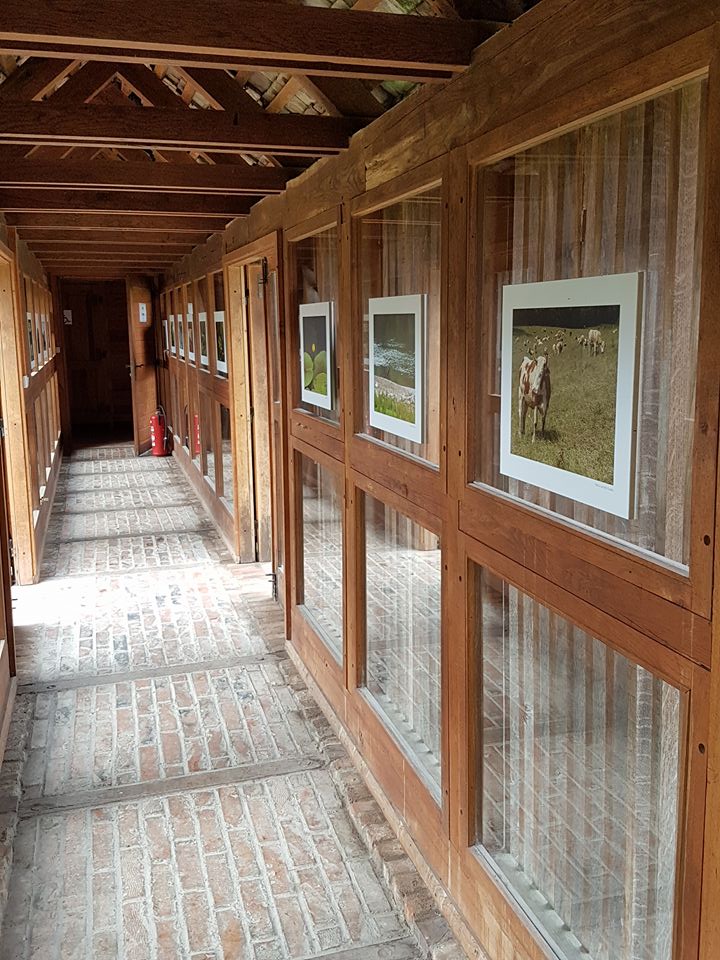
The Lonjsko Polje Nature Park visitor centre was extremely informative and well-organised, the staff hospitable and willing, and the wonderful video shown during our visit (see the bottom of this article – well worth the time if you are a fan of nature and tradition) was the perfect introduction to the park and its inhabitants.
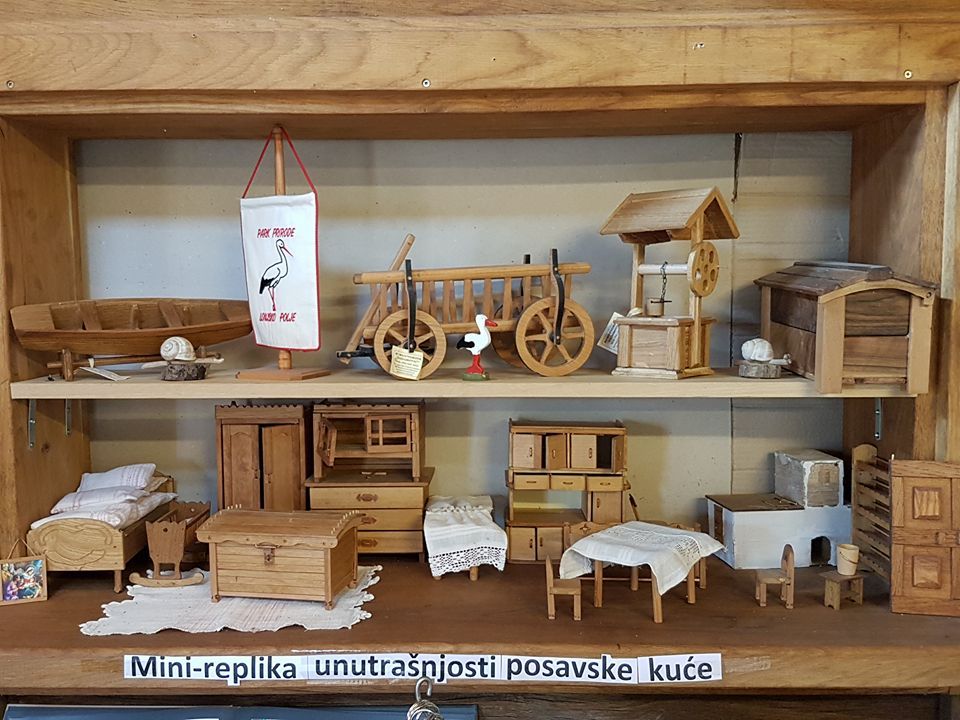
The souvenir shop was creative, filled with imaginative locally sourced products.
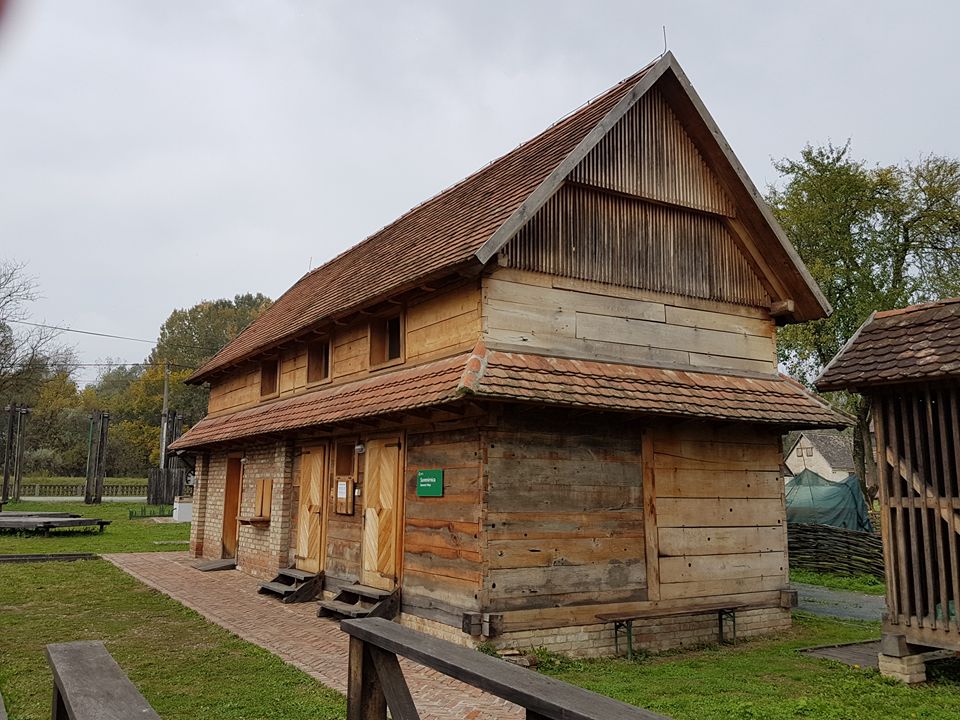
One of the striking aspects of these old wooden houses are that the outer walls are put together without nails or other means of fastening togethe. The planks of wood simply interlink with the planks from the adjacent wall, like some giant LEGO set. As such, those in better condition can be relocated and restored.
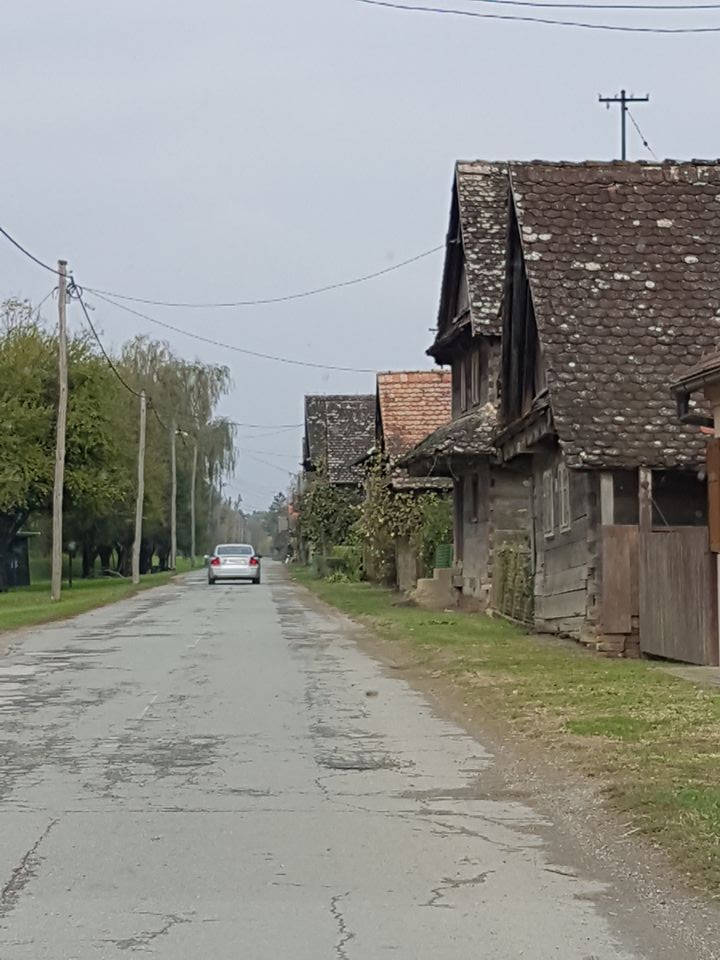
A timeless journey through a Croatia that few know about, and less get to see.
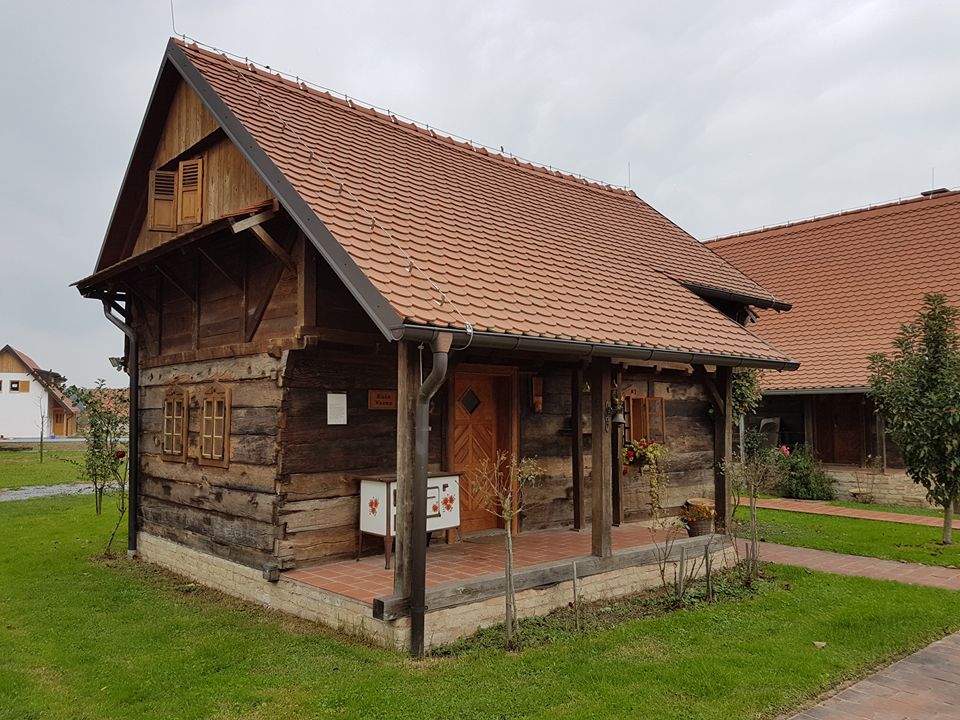
Our destination was the eco-ethno village of Strug, which lies at the southern entrance of the nature park, just 1km from the village of Krapje, which is a European Cultural Heritage, A-category. The innovative owner, who came to the park to enjoy the nature one day and ended up leaving with a sale agreed on a piece of land overlooking the water – the start of a seriously impressive project – has brought several of these houses from different periods, arranged them in one location with generous outside space for each, added modern comforts such as bathrooms and WiFi, allowing tourists to experience a glimpse of traditional village life as it once was (albeit with some modern creature comforts).
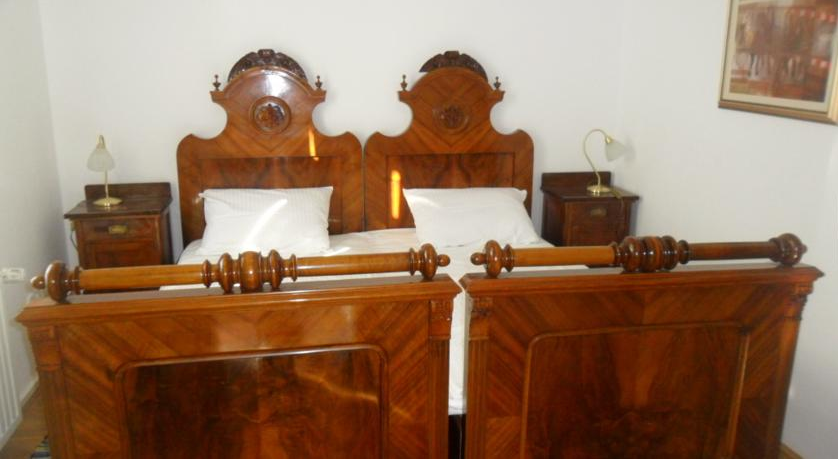
The furniture is authentic and traditional, lovingly restored.

The modern appliances in some cases perhaps compromise the authentic feel in the need to cater to the modern tourism, but not in every case. The oldest restored house dates back to 1870.
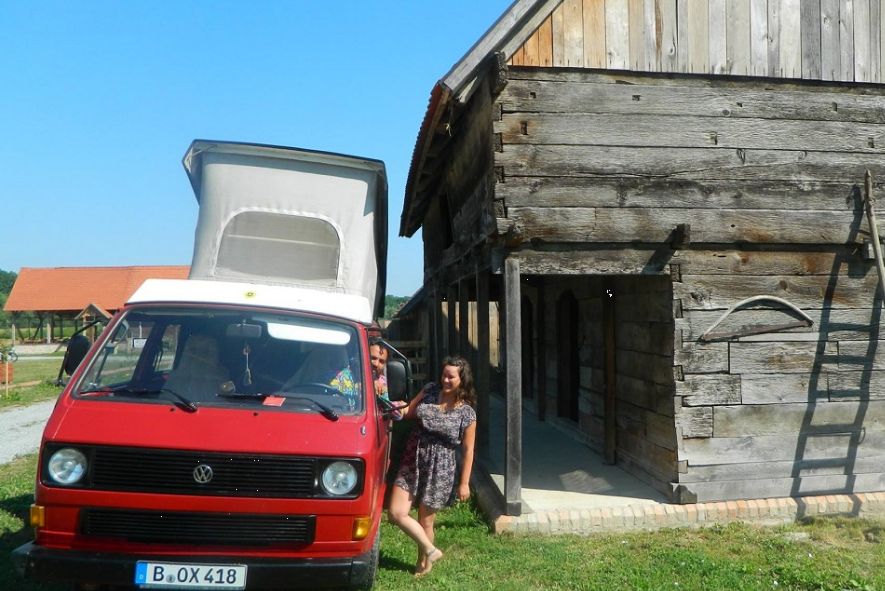
Currently there are some 20 beds available for those wanting to stay in this nature idyll, and this year camping facilities were also added.
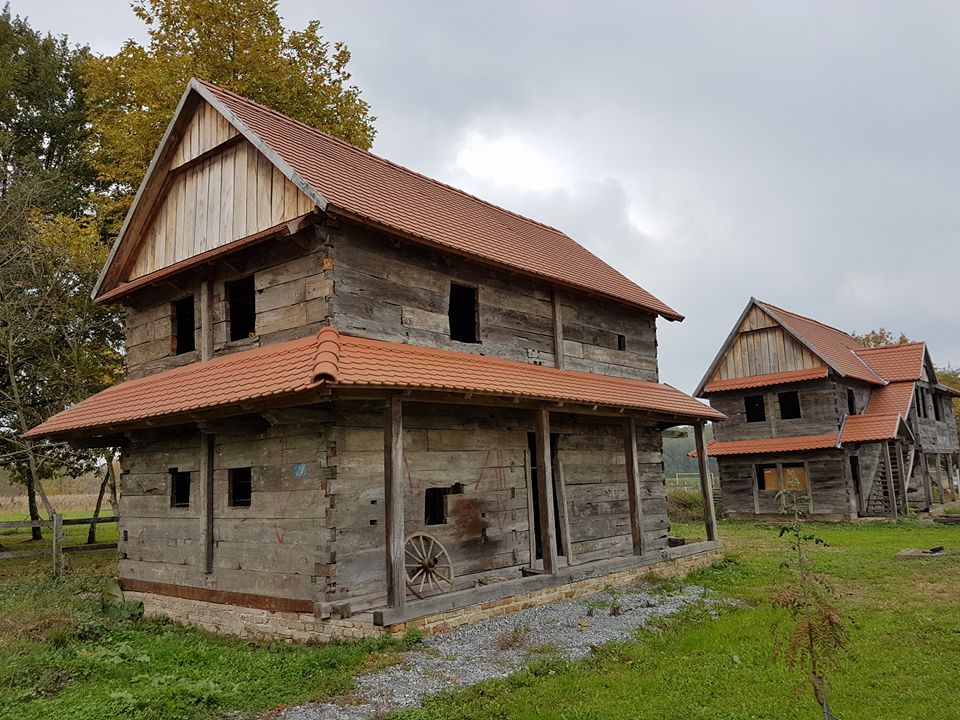
A wealth of largely forgotten Croatian heritage on display, waiting to be explored.
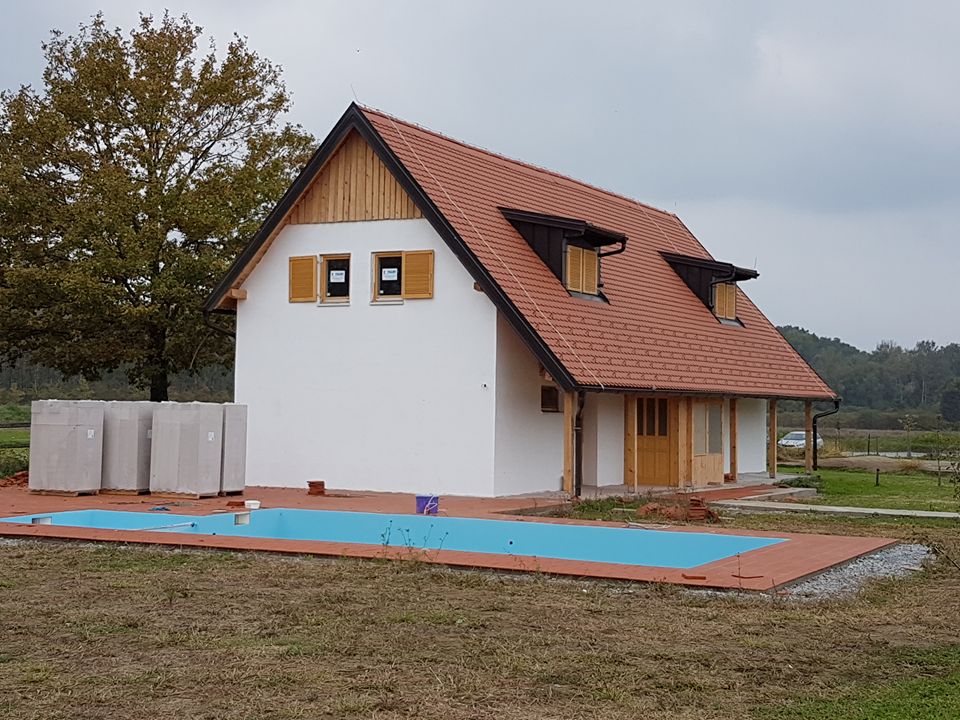
And in a sign that the needs of the luxury tourist need to be catered for, the latest project, complete with Finnish sauna inside and heated outdoor pool, which is scheduled to open in December 2016.
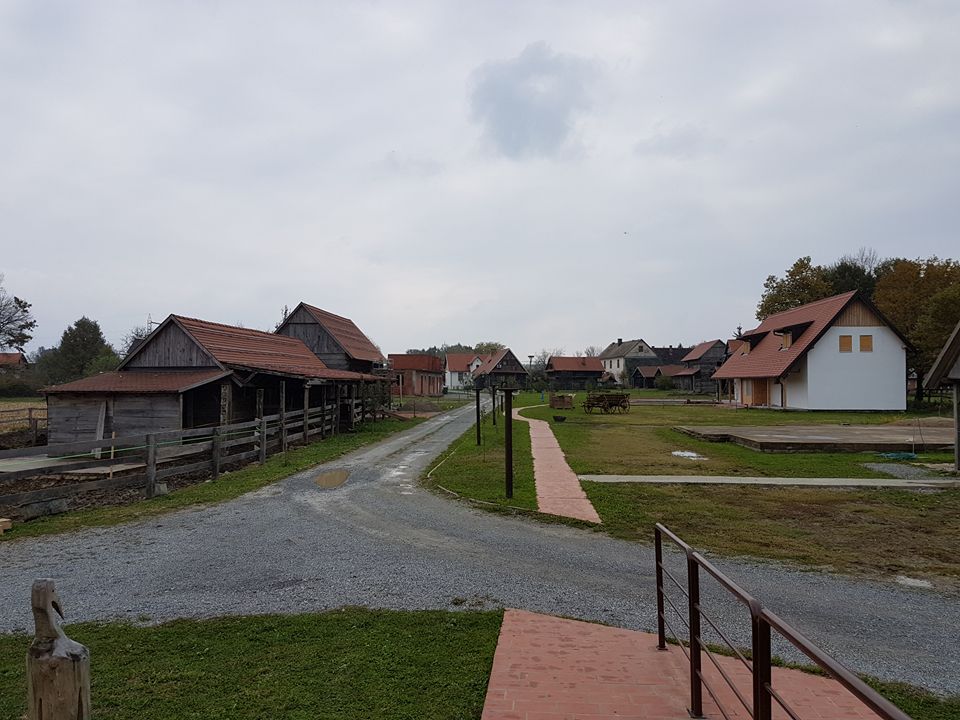
A little cul-de-sac quite like no other in Croatia.
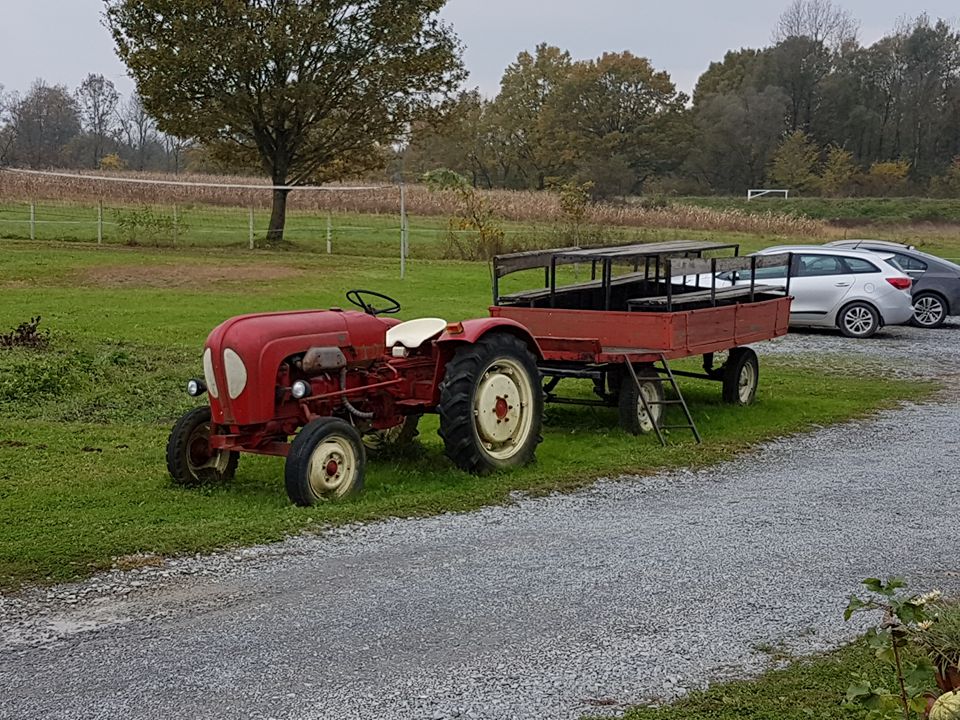
And it was not just the houses and their contents which were somewhat dated.
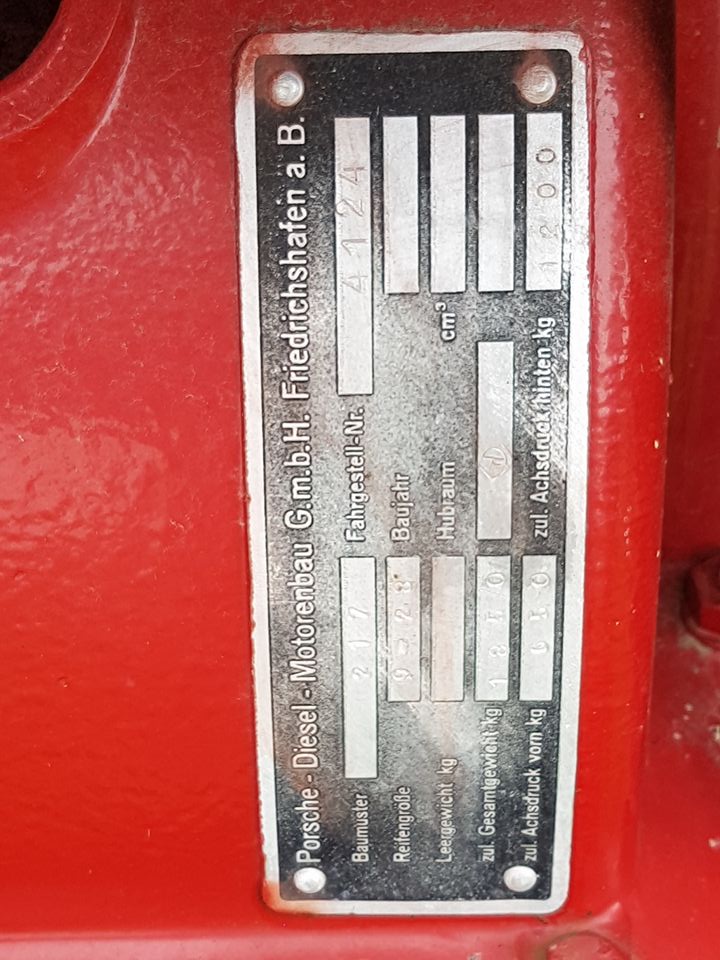
A Porsche no less!
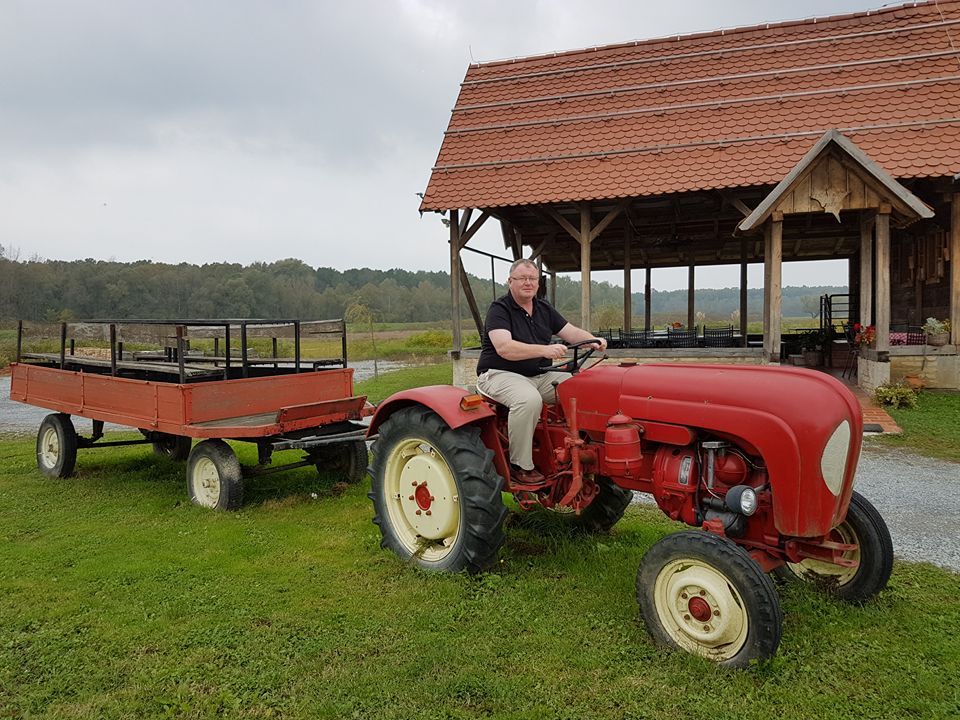
I never thought I would be driving my first Porsche when I woke up that morning…
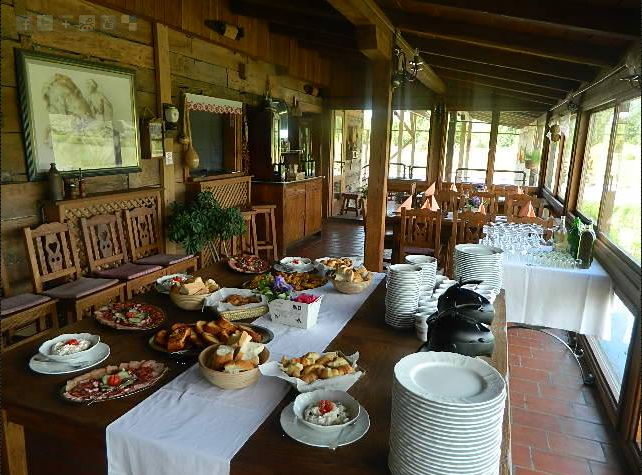
For the finest local ingredients, Strug’s restaurant, which overlooks the water at the beginning of the park, is a gourmet experience not to be missed, with the emphasis on local, local, local from the very drinkable wines to the freshest catch of the day.
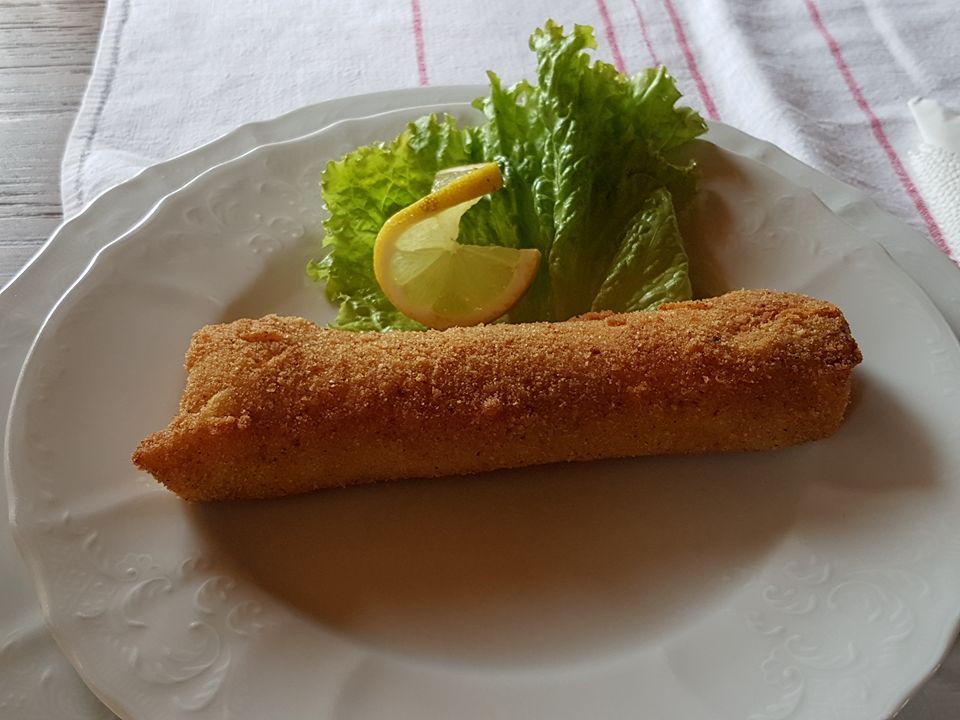
River fish pancakes to start.
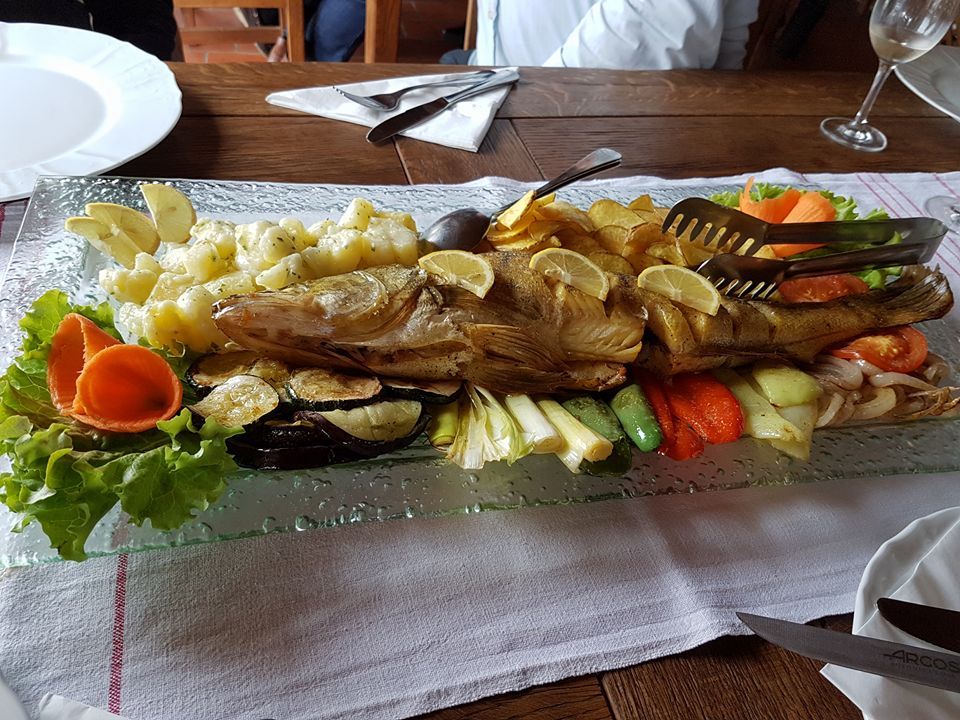
As a long-term resident of a Dalmatian island, well used to the finest fish from the Adriatic, I have come to regard river fish as perhaps somewhat inferior. No longer.

The tradtional housing and food experienced, it was time to explore the main attraction of Lonjsko Polje – the nature. And the range of activities on offer was one more reason to visit this divine little pocket of continental Croatia.
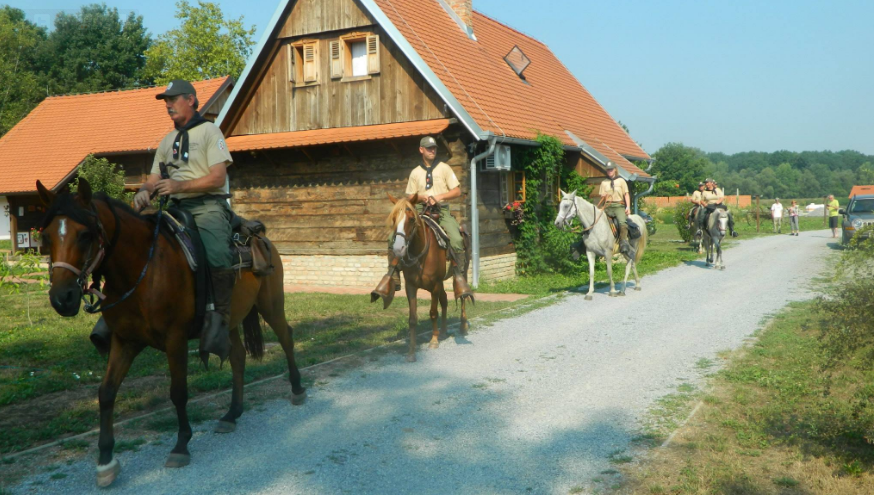
A harkback to a previous era, away from the stresses of modern life. Horseriding was but one activity offered. Additional activities include walking, cycling, boat rides, archery, kids playground, volleybal, badminton, football, fishing, hunting and birdwatching.
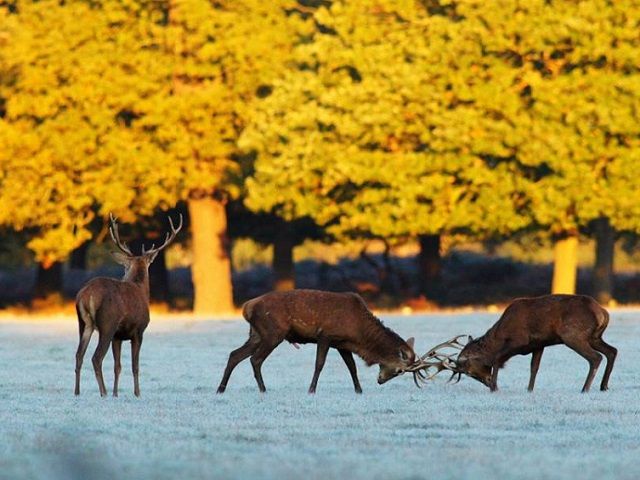
Or just admiring the residents of the park, whatever the season.
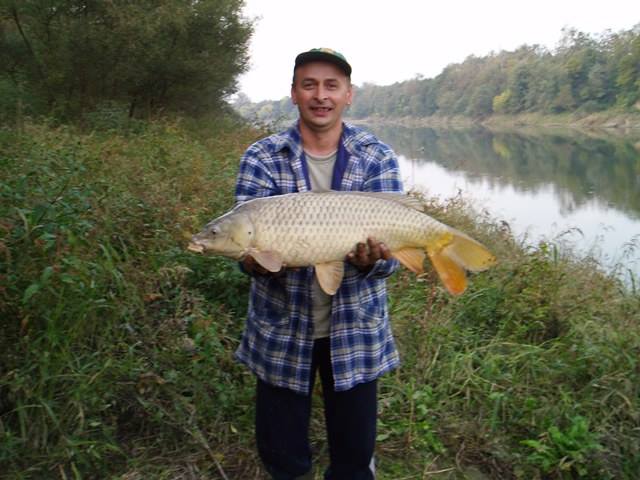
River fish are of course an essential part of the local diet, and local fishermen have plenty of work.
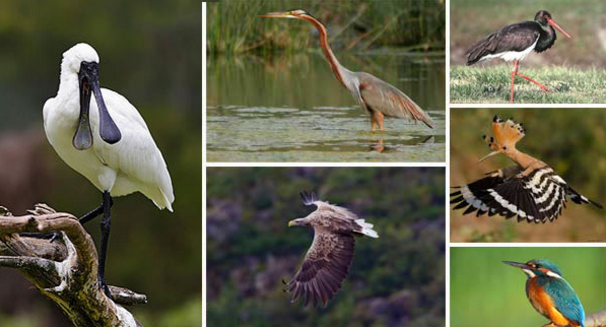
But Lonjsko Polje is perhaps best known for its birdwatching. With some 250 species and large wetlands, it is considered the largest protect wetlands in the entire Danube basin. It is even home to the first European village of storks – Čigoč – and with 8 million birdwatchers in Europe, surely a place of interest for this specialised activity.
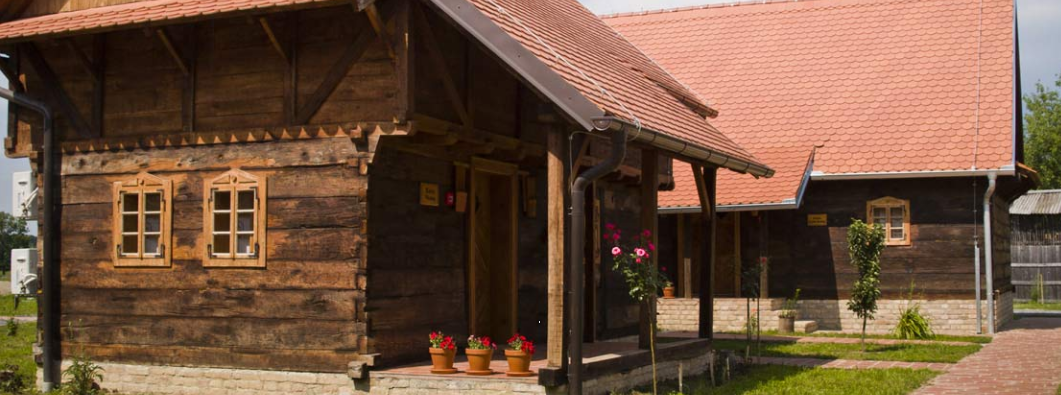
A truly wonderful part of Europe, and one which has not escaped the notice of UNESCO, as Lonjsko Polje finds itself on the list of tentative UNESCO World Heritage Sites. European money has been invested, and even a detailed 83-page report in English, entitled Lonjsko Polje Nature Park Sustainable Tourism Strategy, dated 2014. And yet, despite all this the biggest surprise of all awaited me…
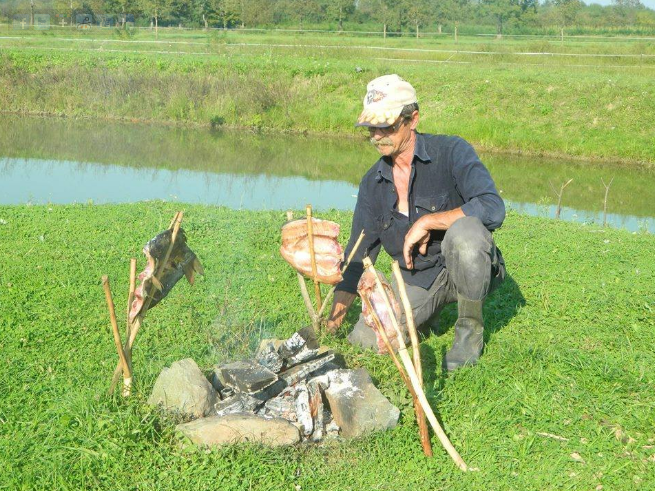
As Plitvice Lakes are overrun with more than a million tourists each year, putting the coveted UNESCO World Heritage Site status under threat, I was shocked to hear that just 5,000 tourists visit Lonjsko Polje each year, according to the very helpful visitor centre. Five thousand, or less than 15 tourists a day throughout the year. Thinking of those 8 million birdwatchers alone, the number seems crazily low, as it does when compared to the madness of Plitvice, less than 200km away. Indeed there are more schoolchildren than tourists who visit what is one of the most interesting locations I have experienced so far in continental Croatia.
The low number of visitors is all the more surprising when one considers that it is not off the world radar. Tentative UNESCO status, European funds, a protected park, the first European village for storks, and a host of other reasons. Nor can it be claimed that the facilities are lacking or that there is nothing to do, as the wonderful example of eco-ethno village of Strug has shown.
Our visit was painfully short, and there was only time to examine the tiniest southern tip of this Croatian jewel, but I will be back to explore those living villages and more of the park itself. In the meantime, the excellent video below given an outstanding introduction to this beautiful region. Plitvice too busy for you? You know where to go…


